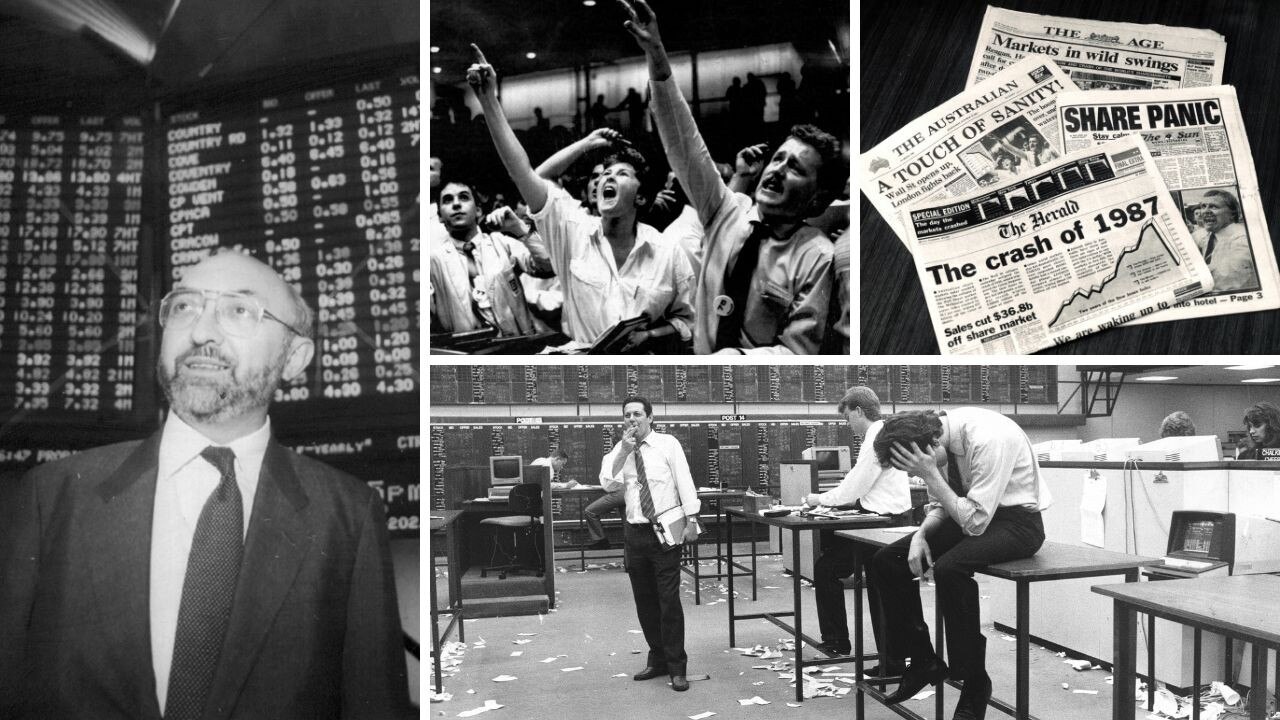Victoria’s ‘blip’ a threat to national jobs recovery
If Victoria’s lockdown ends up only lasting five days, it will be a ‘blip’ on the national economy; if it goes longer it starts to become a national ‘problem’.
Terry McCrann
Don't miss out on the headlines from Terry McCrann. Followed categories will be added to My News.
Treasury secretary Steven Kennedy announced last Thursday that the country’s recovery from the savage 2020 recession was “locked in”.
He obviously neither factored in nor anticipated the ‘Dan Factor’ – the proclivity of the Victorian Government under Premier Daniel Andrews to stuff up hotel quarantine and then for Premier Dan to throw one-quarter of the national economy back into recession to ‘fix’ its blundering.
If Victoria’s lockdown ends up only lasting five days, it will be a ‘blip’ on the national economy; if it goes longer it starts to become a national, well, ‘problem’, like what happened in the September quarter last year.
Back then Victoria cost the national economy – and of course, most of that was hurting Victorians – around about 2 per cent of GDP or some $10bn. That equated to $1500 for every single Victorian.
Yes, Victoria then acted as something of a supercharger for the national economy through the December quarter. We will find out just how much, when the next GDP figures come out early in March.
That though, is precious little comfort to those businesses and people who have been so cruelly battered by that earlier Victoria-only lockdown and now the latest ‘snap’ blunder-prompted lockdown.

Yes, it might feel great when you stop beating your head against a brick wall, but that’s hardly proof that it’s a ‘good idea’ to start beating in the first place.
The latest ‘good news’ JobKeeper figures from Kennedy’s boss, treasurer Josh Frydenberg, were actually anything but good news – just old news; and if anything, as I have previously noted, rather embarrassing news for Kennedy.
Frydenberg made great play Monday of the data “now in” that showed a “remarkable recovery”, with more than 2.1 million workers and around 520,000 businesses exiting JobKeeper since the end of September.
He’d already told us that, back in November, when he revealed that the number of workers on JobKeeper had dropped from 3.6m to just 1.5m or so.
What he was also doing back then was ‘revealing’ a massive Treasury fail, in its most basic function – understanding what is happening in the economy.
In the – delayed – formal budget in October, Treasury had based all its forecasts on the assumption that 2.2m (down from the 3.6m) would still be on JobKeeper after September.
Barely a month later, the treasurer was telling us the actual figure was 1.5m or so – well might one say, what’s a 33 per cent statistical forecasting error just a month ahead, between friends, so to speak.
So the treasurer knew in November that there were still 1.5m on JobKeeper. Now, nearly three
months later he says, whoopee, there are, well, 1.5m still on JobKeeper.
That might in fact suggest the progress had stalled. It doesn’t, because they are actually essentially the same figure – those businesses that had applied based on their September quarter figures.
The question that’s vital is what happened to JobKeeper numbers after December 31 ticked away, based on business experience through the December quarter when Victoria had – at least temporarily - rejoined the country.
Businesses had to apply to the ATO by the end of January. Somebody in Canberra must have a fair idea how many did, covering how many workers.
Did Victoria come roaring back, or did the pace of jobs improvement stall?
The answer to this question becomes even more critical in the light of Victoria’s Lockdown 3.0. As I’ve noted before we are in a very, very tight race between the end of JobKeeper at the end of March, when suddenly 1.5 million workers and 500,000 businesses (subject to how many did come off at the New Year) are on their own - and the hoped-for roll-out of the ‘Godot’ vaccine.



